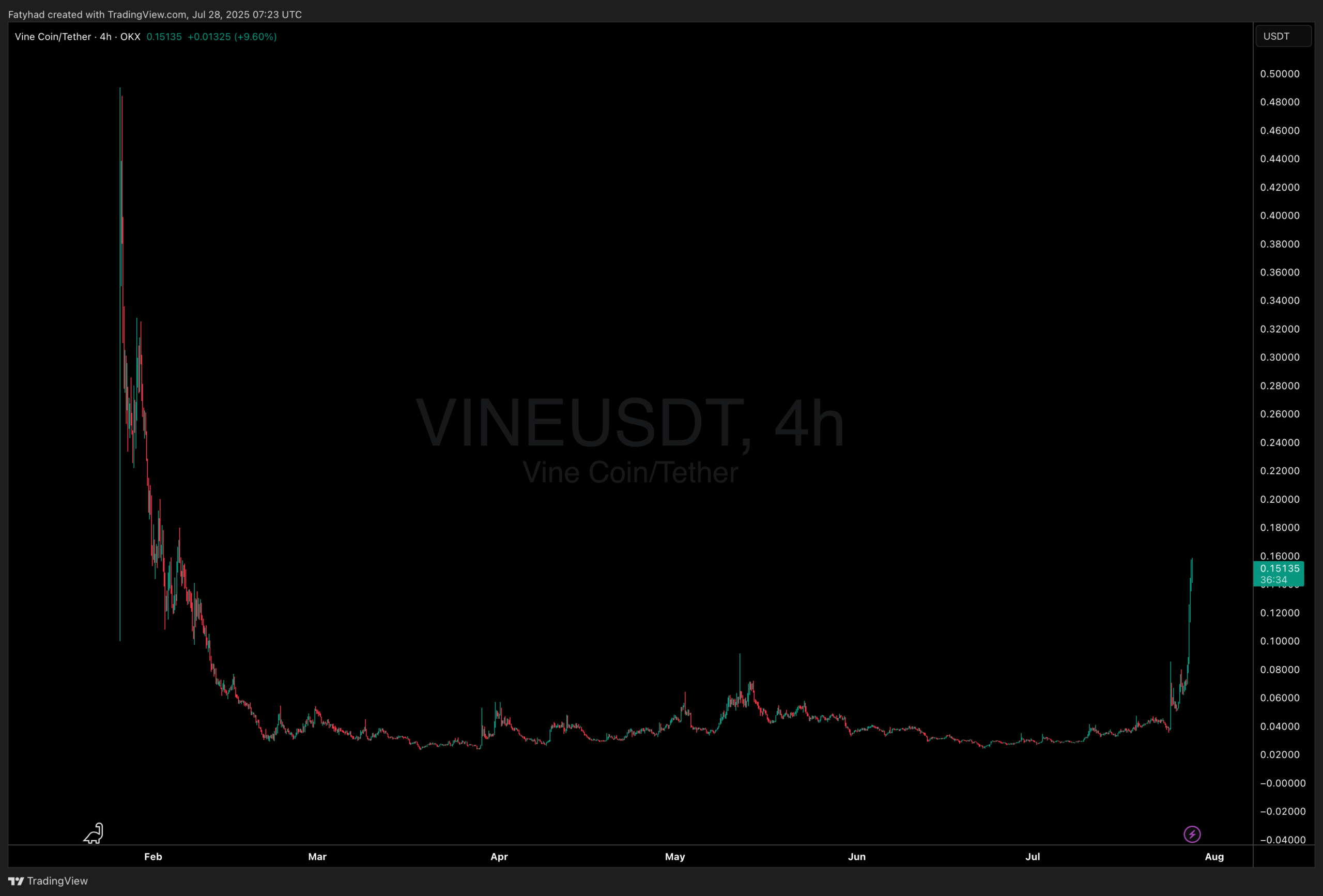Exchange tokens gaining traction in 2025: From KuCoin to Bitget and beyond
The post Exchange tokens gaining traction in 2025: From KuCoin to Bitget and beyond appeared on BitcoinEthereumNews.com. Exchange tokens originated as basic tools to reward platform loyalty, providing fee savings, early access to token releases, and occasional staking benefits. Over time, however, those fundamental incentives have fallen short of what today’s investors require. In 2025, the question for token adoption will be “What concrete utility does this token provide?” rather than “Will this asset pump?” Let’s explore it. Real-world use is the new standard Rather than chasing hype cycles, investors now assess tokens using explicit tokenomics, real-world applications, and strong governance frameworks. Tokens that burn or buy back supply to create scarcity, split platform revenue like dividend-paying equities, or provide holders with genuine voting rights to influence exchange decisions are gaining traction. Tokens, on the other hand, offer little more than fee savings and are swiftly losing popularity. As a result, exchange tokens are transitioning from bonus programs to complex financial products that incorporate components of traditional stocks and profit-sharing structures. What investors seek in 2025 As digital asset markets grow, experienced investors are focusing on four essential characteristics when assessing exchange tokens. First, obvious regulatory compliance is unavoidable. Tokens that operate under recognized licenses and adhere to know-your-customer and anti-money laundering regulations considerably reduce legal concerns. Second, sustainable tokenomics, such as programmed burns or buybacks linked to verifiable on-chain measures, help connect long-term holder incentives with platform performance. Third, genuine governance tools that allow token holders to vote on platform roadmaps, fee structures, and token burn schedules promote community involvement and responsibility. Fourth, cross-protocol utility—whether through bridges to DeFi apps, integration with layer-2 rollups, or collaboration with other blockchain networks—increases demand and liquidity. Exchange tokens that match all of these requirements have the highest chance of prospering despite market fluctuations and regulatory changes. Top exchange tokens gaining traction in 2025 Some long-standing exchange tokens demonstrate how…

The post Exchange tokens gaining traction in 2025: From KuCoin to Bitget and beyond appeared on BitcoinEthereumNews.com.
Exchange tokens originated as basic tools to reward platform loyalty, providing fee savings, early access to token releases, and occasional staking benefits. Over time, however, those fundamental incentives have fallen short of what today’s investors require. In 2025, the question for token adoption will be “What concrete utility does this token provide?” rather than “Will this asset pump?” Let’s explore it. Real-world use is the new standard Rather than chasing hype cycles, investors now assess tokens using explicit tokenomics, real-world applications, and strong governance frameworks. Tokens that burn or buy back supply to create scarcity, split platform revenue like dividend-paying equities, or provide holders with genuine voting rights to influence exchange decisions are gaining traction. Tokens, on the other hand, offer little more than fee savings and are swiftly losing popularity. As a result, exchange tokens are transitioning from bonus programs to complex financial products that incorporate components of traditional stocks and profit-sharing structures. What investors seek in 2025 As digital asset markets grow, experienced investors are focusing on four essential characteristics when assessing exchange tokens. First, obvious regulatory compliance is unavoidable. Tokens that operate under recognized licenses and adhere to know-your-customer and anti-money laundering regulations considerably reduce legal concerns. Second, sustainable tokenomics, such as programmed burns or buybacks linked to verifiable on-chain measures, help connect long-term holder incentives with platform performance. Third, genuine governance tools that allow token holders to vote on platform roadmaps, fee structures, and token burn schedules promote community involvement and responsibility. Fourth, cross-protocol utility—whether through bridges to DeFi apps, integration with layer-2 rollups, or collaboration with other blockchain networks—increases demand and liquidity. Exchange tokens that match all of these requirements have the highest chance of prospering despite market fluctuations and regulatory changes. Top exchange tokens gaining traction in 2025 Some long-standing exchange tokens demonstrate how…
What's Your Reaction?









































